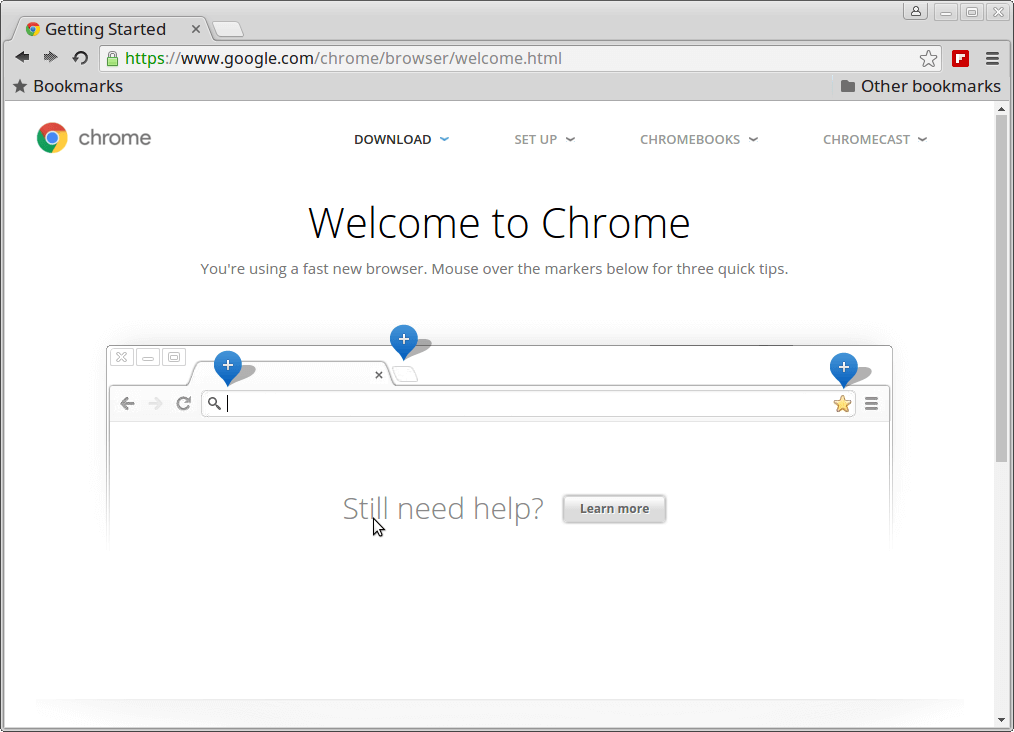

You should check both your cookie settings and the security level for Internet Explorer. Learn which browsers are supported for Atlassian cloud products We strongly recommend using a supported browser. The information in this section may be out of date. This means we won’t fix bugs that are specific to IE11, and will begin to introduce features that may not be compatible with this browser. On 31 March 2020, we retired IE11 support for Atlassian cloud, server, and, Data Center products. Internet Explorer is no longer a supported browser. You may need to restart Edge for these settings to take effect.Ĭheck Microsoft’s documentation for more about cookies in Edge. Turn on Allow sites to save and read cookie data (recommended) to unblock cookies. Open Microsoft Edge, select Microsoft Edge > Site permissions from the top menu bar. You may need to restart Firefox for these settings to take effect.Ĭheck Mozilla’s documentation for more about cookies in Firefox. Under the Cookies and Site Data section, check Manage Exceptions to check that cookies are not blocked for any of the following Atlassian sites: If Custom is selected, check that the option All cookies (will cause websites to break) is not selected. Under the Enhanced Tracking Protection section, check if you have selected Standard, Strict or Custom. Open Firefox, select Firefox > Preferences from the top menu bar. You may need to restart Safari for these settings to take effect.Ĭheck Apple’s documentation for more about cookies in Safari. Open Safari, select Safari > Preferences from the top menu bar. You may need to restart Chrome for these settings to take effect.Ĭheck Google's documentation for more about cookies in Chrome.

Under Privacy and security, select Cookies and other site data.Ĭlear the checkbox Block all cookies (not recommended) Chrome will also continue to show a “Not secure” message for sites not using HTTPS.Open Chrome, select Chrome > Preferences from the top menu bar. Google started to experiment with replacing the lock icon in the Chrome browser with a more neutral icon back in 2021, and now the company has settled on “a variant of the tune icon.” It looks more like a typical settings button, and according to Google’s research results, it doesn’t convey trustworthiness in the same way as the current lock icon. This misunderstanding is not harmless - nearly all phishing sites use HTTPS, and therefore also display the lock icon.” Despite our best efforts, our research in 2021 showed that only 11% of study participants correctly understood the precise meaning of the lock icon. Google’s blog post explains, “We redesigned the lock icon in 2016 after our research showed that many users misunderstood what the icon conveyed. The difficulty and related expenses for HTTPS support in the early days of the web also gave the icon a sense of reliability or trustworthyness - after all, most scammers weren’t going to pay for thousands of dollars for an SSL certificate. The lock icon simply means that your connection to a site is encrypted with HTTPS, ensuring the data is not being modified on its way to and from your computer. Google discussed the icon in a lengthy blog post earlier today, outlining how it has updated the look and functionality of the lock icon over the years.

Google has a plan to fix that problem: get rid of the icon entirely. The lock icon in the address bar has led to plenty of confusion in modern web browsers, as it can give the impression that a site is safe even when it isn’t.


 0 kommentar(er)
0 kommentar(er)
